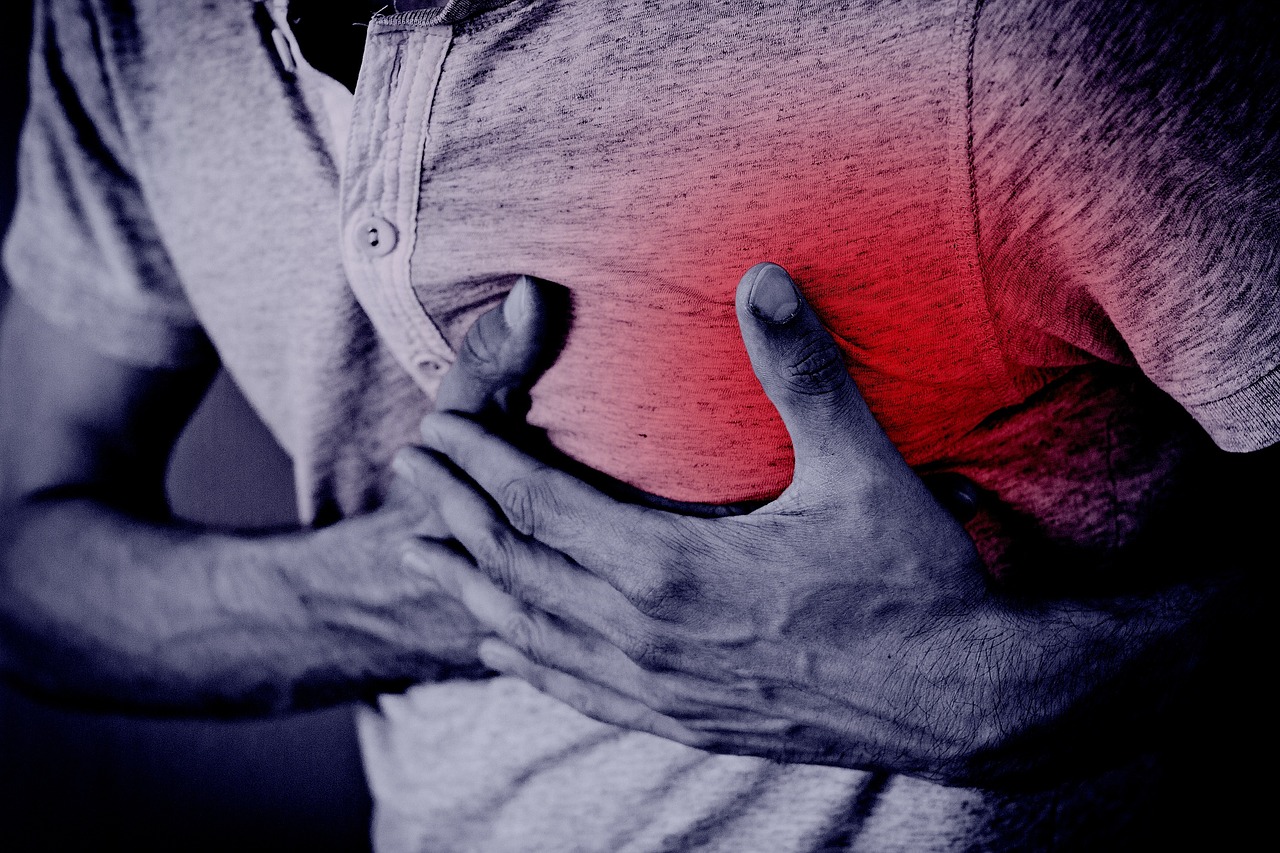Our Mission
It involves developing new approaches to improve the diagnosis, prevention, and treatment of cardiac valve diseases.
Approximately 800,000 Canadians suffer from heart valve diseases. These conditions cause around 25,000 deaths each year in North America. Despite this, the mechanisms involved in the development and progression of valve diseases are not well understood. To date, there is no medical treatment available to slow down or stop their progression.
Types of Heart Valve Diseases
Valvular insufficiency occurs when the valve does not close completely, causing a leakage of blood. Conversely, when the valve does not open fully, it is termed valve stenosis. Stenosis or regurgitation (or a combination of both) can affect all four heart valves, but the aortic and mitral valves are most commonly affected.
Aortic stenosis is the most common heart valve disease in high-income countries. This disease progresses slowly and leads to obstruction of blood flow through the heart’s aortic valve. When a patient develops severe aortic stenosis, the only effective treatment is to replace the affected aortic valve with a mechanical or biological prosthesis. It is crucial to intervene at the right time during the disease (neither too early nor too late) and to use the valve prosthesis that is most suitable for each patient’s situation.
Dr. Pibarot and his team have proposed and validated new methods to determine the optimal time for replacing the faulty valve and choosing the most appropriate valve prosthesis for the patient. These methods are now used in many hospitals worldwide.
There are two types of interventions to replace a faulty aortic valve:
-
If the patient has a low surgical risk: generally, open-heart surgery is prioritized. However, this operation is not suitable for all patients.
-
If the patient is too fragile for surgical replacement of the aortic valve, a revolutionary minimally invasive technique is often chosen: transcatheter aortic valve implantation (TAVI).



